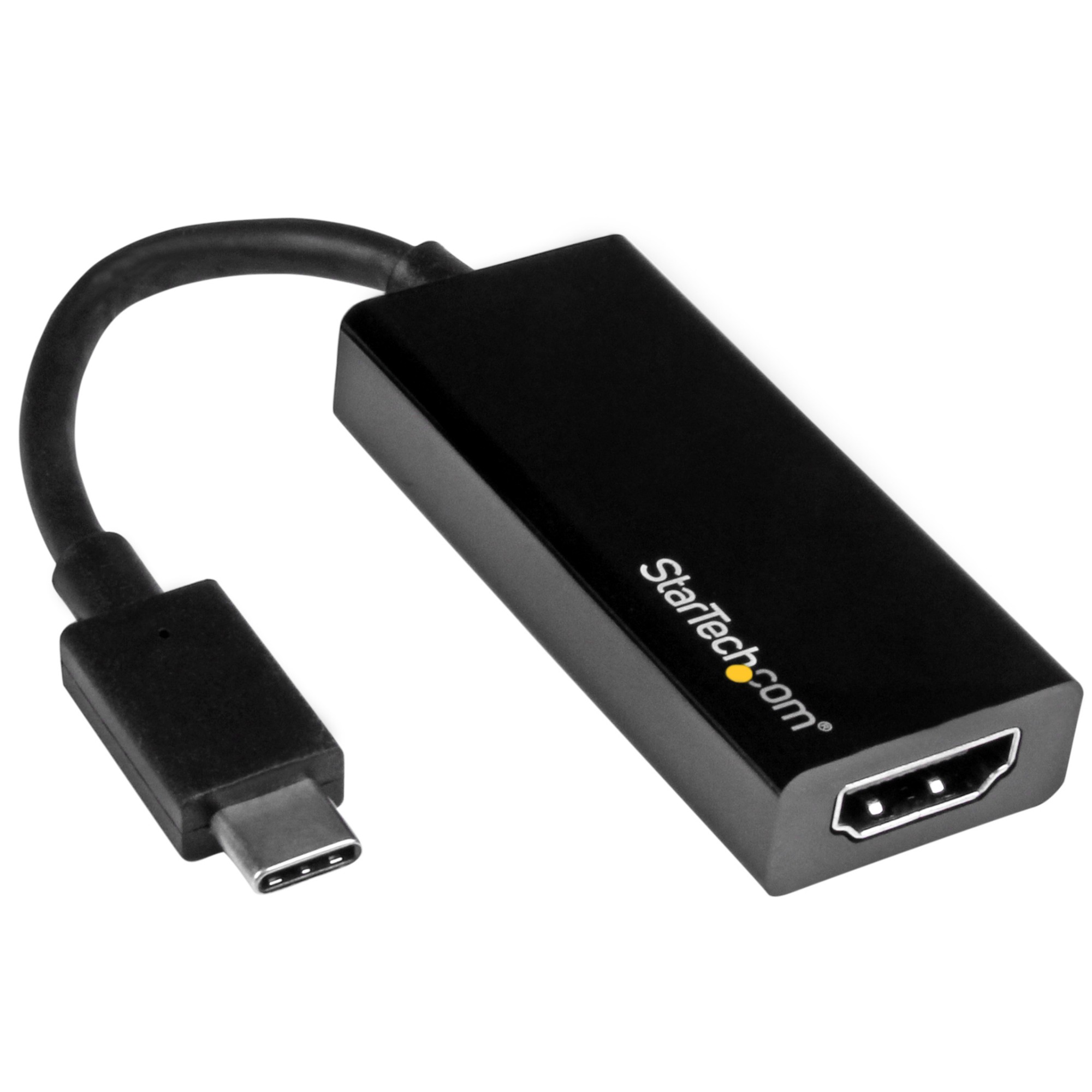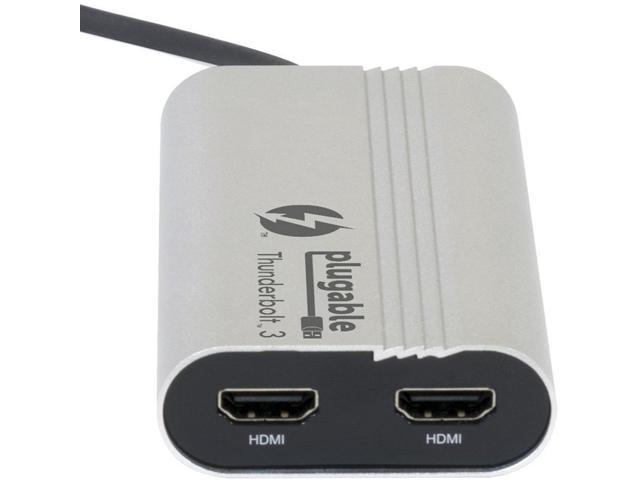
You’ll know a cable is Thunderbolt 4 if there’s a lightning bolt icon on the connector tip. But other devices and cables that use USB-C may do nothing more than connect, as older versions of USB have done for many years. Walk through the market drivers, societal shifts and technologies of the reimagined office in this free guide.Ī true USB-C device, like one using Thunderbolt 4, has a wide range of capabilities that make computing simpler and faster for business users and IT administrators. So while a Thunderbolt 4 connector and cable uses USB 3.1, a USB-C connector isn’t necessarily Thunderbolt 4.

Thunderbolt 4, meanwhile, is a new and powerful connectivity standard that uses both USB-C ports and that USB 3.1 standard. That port is the product of an industry-developed standard, USB 3.1, intended to streamline the many cables typically found at a workstation into a single cable that does all the work, while also improving performance.

USB-C refers to the physical port used for connecting and powering devices. “Thunderbolt” and “USB-C” are sometimes used interchangeably, which can lead to confusion, because they are not the same. Thunderbolt 4 monitors, such as Samsung’s S80TB, have everything in one bundle.Ī monitor is, by nature, the center of attention and activity at any desk - and with a Thunderbolt 4 port, it’s also the command center.

Where there is typically a messy tangle of cables to operate a monitor and peripherals, there can instead be one cord doing just about everything.īesides decluttering workstations, Thunderbolt 4 is also cheaper than other connection technologies and supports desktop IT demands, such as greater data transfer speeds - eight times faster than conventional USB 3.0 cables. One look at a typical workstation in nearly any working environment is enough to explain the allure of this technology. Now, Thunderbolt 4 is here - with all of the previous benefits of Thunderbolt 3, plus the ability to send LAN signals between devices. Not long ago, Thunderbolt 3 was the latest and greatest technology because of its ability to combine Thunderbolt, USB, DisplayPort, Ethernet and power via a single USB-C connector.


 0 kommentar(er)
0 kommentar(er)
